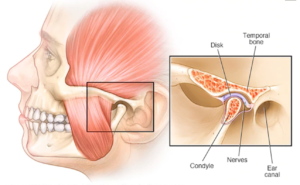We call things that maintain, or continue, our pain myofascial perpetuating factors. Often, these are similar to things that helped cause the problem.
Dr. Janet Travell was pioneer in the field of myofascial and trigger point therapy. In fact, she wrote extensively about pain, myofascial perpetuating factors and more. Routinely, she offered strategies for avoiding potential problems with body mechanics and other things.
However, Dr. Travell was known for saying that the biggest perpetuating factor is life!
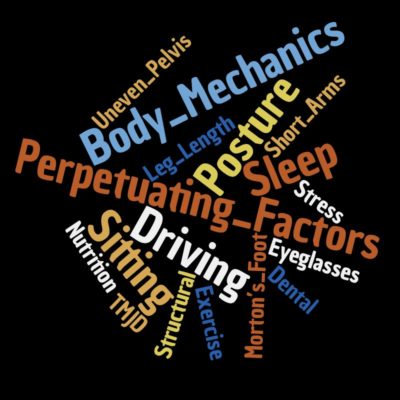
In you are in pain, myofascial perpetuating factors are huge. Our prescription is simple. If you can avoid it, you should. But, if you can’t, then you should try to modify it to be less damaging for you. Finally, if you can’t do that, then work on a self-care plan. Ideally, it will unwind as much of the insult to your body as possible.
For anyone in chronic pain, myofascial perpetuating factors might be part of it.
A good myofascial therapist can show you how to reduce them!
Chronic Pain? Myofascial Perpetuating Factors Matter!
Structural Variations
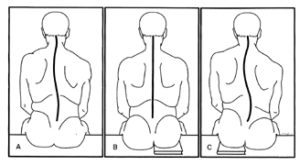

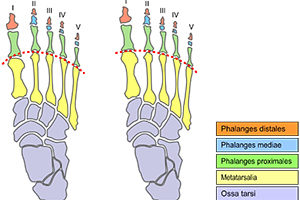
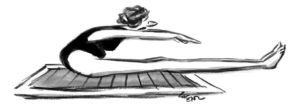
For instance, a difference in either the actual or apparent length our legs is not uncommon. In fact, a difference of 1/4″ can cause myofascial pain.
On the other hand, our legs might be the same length and the two sides of our pelvis might be different sizes. Imbalances caused by myofascial trigger points can pull one side of your hip up while the other falls.
In addition, we can find ourselves out of balance from front to back. For example, this can happen as the result of Morton’s Foot Structure. The slight downward angle created in the foot is like adding a heel to your shoe. Surprisingly, it can pitch your entire body forward. In fact, Morton’s Foot Structure can contribute an inch or more to head forward posture.
Some of us have relatively short upper arms. This means that computers, desks and other furniture is not built for us. Because of this, we might benefit from some changes to our workspace and other environments.
Either way, we are built the way we are and it is ok.1
All of these variations can be accomodated or corrected. Myofascial therapists know how!
How Do You Sit?

Sitting Posture
Obviously, how we sit matters. Of course, there are different kinds of sitting. The way we sit at a desk might be different than how we sit in auto seat or a recliner. However, it should be that different. For instance. in any sitting posture, we want to keep our back fairly straight. Typically, this means no slump in the lumbar spine or upper spine and shoulders. In addition, we want to keep our head and neck reasonably well aligned with our spine. Basically, our hands and arms should be within easy reach of our work - whether it is a keyboard, steering wheel or a desk. Do not lead with your face! Next our legs should be reasonably open at the hip. Unfortunately, the tight flexion of a straight back chair. traditional desk chair or bucket seats shortens our hip flexors and hamstrings. In addition, it overloads our quads and glutes. Finally, it promotes head forward posture overloads the neck and upper spine. Finally, our feet should touch the floor - heels and toe. Often, if you are using a high desk chair, there may be a rail that you can rest your feet on. However, avoid using it. Instead, adjust your chair to a height that allows your feet to touch the floor.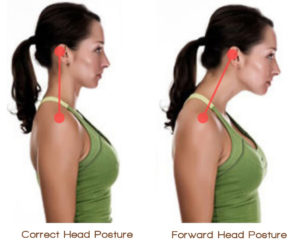
Myofascial and Trigger Point therapists, often recommend simple, gentle exercises to strengthen the deep cervical flexors!
